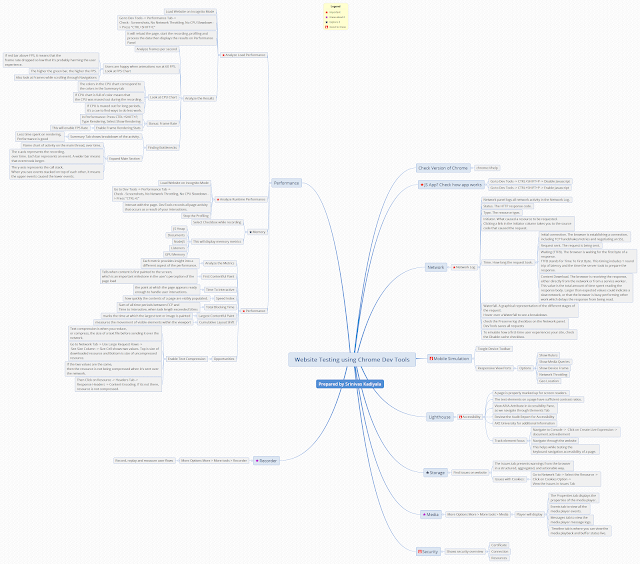Compare and contrast mocking, stubbing, and faking.
Yet Another Challenge! Ministry of Testing got us 30 days Testing Challenge.
This time topic is on API Testing.
14th Challenge: Compare and contrast mocking, stubbing, and faking.
It is one of the challenging topic to understand related to Unit Testing.
- Test Doubles (Mocks, Stubs, Fakes etc.), are an essential tool when writing unit tests.
- A test double is an object that can stand in for a real object in a test, similar to how a stunt double stands in for an actor in a movie for dangerous scenes.
- The most common types of test doubles are stubs, mocks, and fakes.
- Their purpose is to be substituted for dependencies of the class or classes under test.
- Example: E-mail services are a canonical example - we don't want to send out real e-mails every time we run our tests!
- Example: we probably don't want to connect to a real database somewhere in our unit tests, as that would make them dependent on that database's state. There are solutions that let you control them from your unit tests - in-memory databases like H2
- All Test Doubles can be created using very popular, library: Mockito.
- A stub is an artificial object, which has no logic, and only returns what you tell it to return.
- Stubs can be used when you need an object to return specific values in order to get your code under test into a certain state.
- While it's usually easy to write stubs by hand, using a mocking framework is often a convenient way to reduce boilerplate.
- Example: To always return the same value, or to throw an exception when called with a particular argument.
- A Mock is an object which records the methods called on it, and allows later verification that the recorded calls match some criteria, such as: the order of calls, their number, the values of parameters, and the absence of any unexpected calls. Test should fail if it's not called that way.
- This way of asserting is called behavior verification, which means checking the correctness of a class through analyzing its interactions - in contrast to state verification, which uses the object's state to achieve that.
- Mocks are used to test interactions between objects, and are useful in cases where there are no other visible state changes or return results that you can verify.
- Example: If your code reads from disk and you want to ensure that it doesn't do more than one disk read, you can use a mock to verify that the method that does the read is only called once.
- A Fake doesn’t use a mocking framework: it’s a lightweight implementation of an API that behaves like the real implementation, but isn't suitable for production (e.g. an in-memory database).
- Fakes can be used when you can't use a real implementation in your test.
- Example: If the real implementation is too slow or it talks over the network.
- You shouldn't need to write your own fakes often since fakes should usually be created and maintained by the person or team that owns the real implementation.
Summary:
- Stubs: Fake responses to method calls
- Mocks: Expectations about method calls, verifying them, and faking returning a value
- Fake: Objects with a working implementation that is useful for tests
References:
- https://www.endoflineblog.com/testing-with-doubles-or-why-mocks-are-stupid-part-1
- https://martinfowler.com/articles/mocksArentStubs.html
- https://testing.googleblog.com/2013/07/testing-on-toilet-know-your-test-doubles.html
- https://youtu.be/pMmXJcDLUFA
- https://club.ministryoftesting.com/t/30-days-of-api-testing-day-14-compare-and-contrast-mocking-stubbing-and-faking/20140/7


